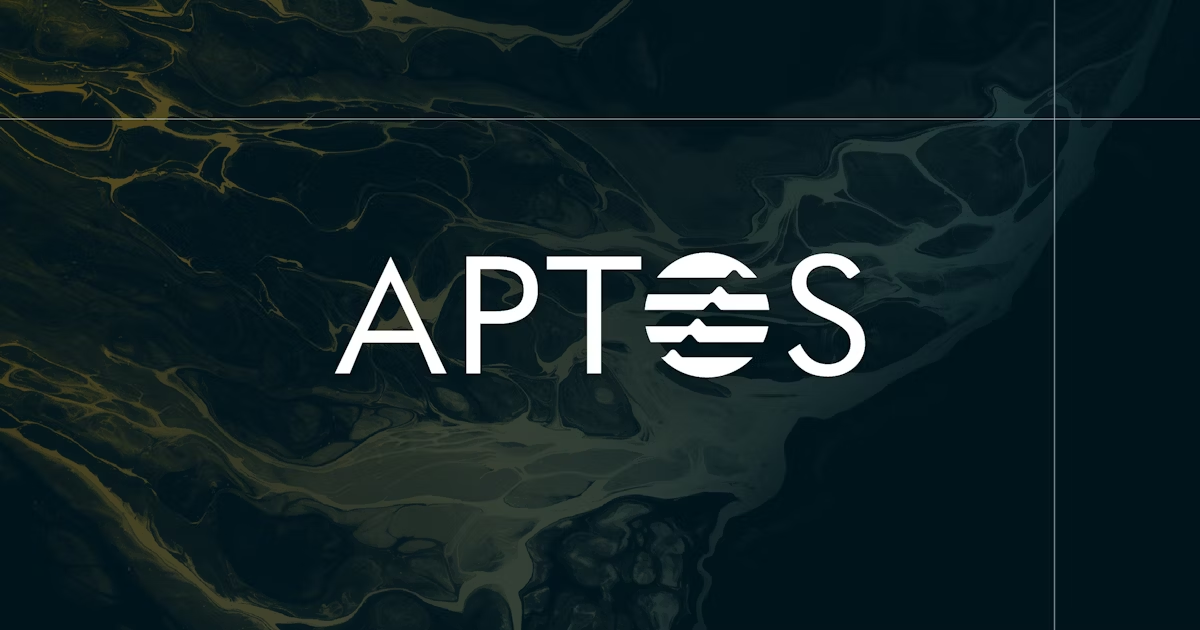Source: Maquette.pro – Shutterstock
- Denelle Dixon reiterated that the SDF is working with Bermuda and Ukraine on the technical development of a CBDC on Stellar.
- Regarding the SEC lawsuit against Ripple, Dixon emphasized that XLM is a utility token and the SDF promotes diversity on the Stellar network.
In an interview with Coindesk TV yesterday, Denelle Dixon, CEO of the Stellar Development Foundation (SDF), spoke about central bank digital currency projects on the Stellar network in Bermuda and Ukraine. While the Bermuda Dollar has been in development since 2018, the SDF established a partnership with the Ukrainian government last May to pilot the issuance of the e-Hryvnia based on Stellar’s protocol.
When asked by the moderator what the current status of both projects is and what the lessons learned have been, Dixon explained:
The really wonderful thing about both of these projects is that with the Stellar Development Foundation being an open-source project lots of folks can build on the network without even talking to us. […] Both of these projects have done a lot on their own and what we do is, we come in and support in technological questions they have or on ecosystem growth and development, and they are just really nice partnerships.
Following up on the central bank digital currency (CBDC) project in Ukraine, the host noted that the SDF has signed a Memorandum of Understanding (MoU), though “nothing is set in stone yet,” to her knowledge. Dixon confirmed this and said:
We’re actually helping the Ukraine to explore it [the CBDC], not just with Stellar, but with lots of networks in terms of how this could work for them from the additional currency they would like to offer. They have done tons of their own research, but we’re helping them to move forward to have it where they wanna have it. We hope that they do. We hope that it is on Stellar, but even if it would be on any other blockchain, we would be supportive because […] it gets blockchain more into the mainstream.
Dixon also commented on the panic surrounding the supposed ban on cryptocurrencies in Nigeria. As the SDF CEO explained, there was a “really strong corridor between Nigeria and Europe on Stellar,” the growth of which was slowed by regulatory concerns. Ultimately, however, she expects partnerships between the government and the private sector to emerge and prevent a ban.
Dixon revealed Mexico, Argentina and Brazil as other emerging markets where Stellar sees “a lot of activity. And of course there are so many regions in Africa that are just arriving with respect to these digital assets.”
Asked about Stellar’s supposed “archrival” and recent Ripple partnership with Tranglo for Southeast Asia, Dixon avoided calling Stellar founder Jed McCaleb’s former project a competitor:
The different networks offer different value. I think we’re really focused on payments and cross-border payments, and that’s kind of the sweet spot in terms of Stellar. And Ripple is very focused on FX and now moving that into the cross-border space. I think […] that competition breeds innovation. And so I look at all these networks out there, and they all create their own individuality […].
As to whether XLM as well as also XRP could be classified as a security by the U.S. Securities and Exchange Commission (SEC), Dixon elicited that the Stellar network token has a utility. In addition, she emphasized that the SDF promotes diversity in the network by allowing issuers to create any type of stablecoin backed by, for example, a fiat currency, gold, or even silver.
From our point of view XLM is a bridge currency on the network and it’s a utility [token].
Credit: Source link










































































































































